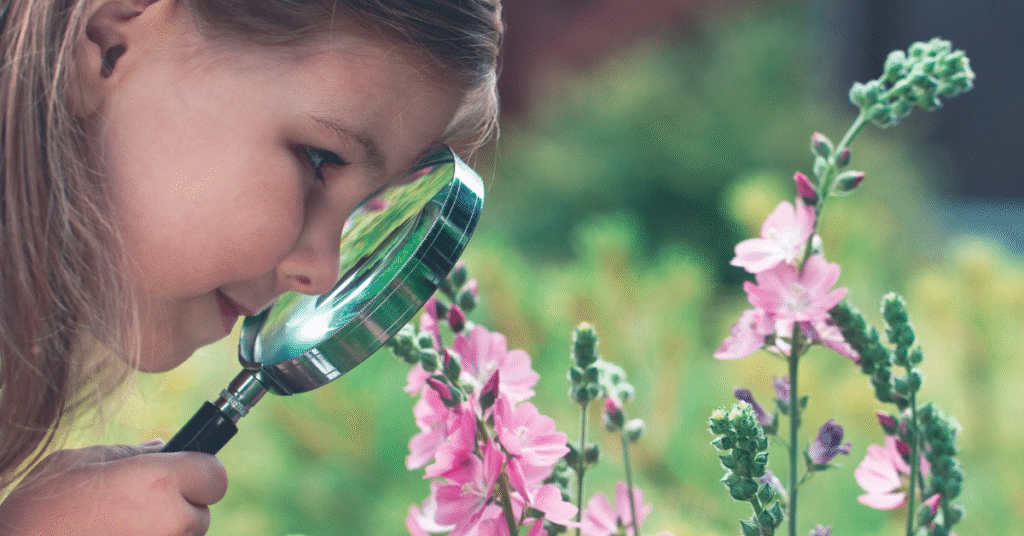When Their Curiosity Crosses the Line
Curiosity in children is a natural and powerful force. From ages 7 to 13, kids are constantly testing boundaries, asking endless questions, and exploring everything around them. But what happens when that curiosity crosses the line? Every parent has experienced the moment when their child just had to press the button, sneak in extra screen time, or touch what they explicitly warned them not to touch.
While it may feel like defiance, the truth is, curiosity is not rebellion; it’s an instinctive drive to explore and understand. And with the right guidance, it can be transformed into a lifelong skill for problem-solving, creativity, and even innovation.
The Reality of Curiosity

Picture this: You’ve told your child not to touch the remote, yet moments later, there they are, clicking through settings you didn’t even know existed. Or you catch them peeking into a box of tools, despite your clear instructions to stay away.
This scenario plays out in nearly every household, often multiple times a week. But here’s the key: these moments are not about breaking rules for the sake of it. Instead, they reveal your child’s developing mind, trying to learn how things work, what happens next, and where boundaries truly lie.
Why It Happens
Children are wired to explore. In fact, neuroscience shows that curiosity activates the brain’s reward system, making discovery feel exciting. So, when you say “don’t touch,” you may unintentionally make the object even more tempting.
For a 7-year-old, curiosity might mean testing how high they can stack their toys before they fall. For a 13-year-old, it might look like experimenting with gadgets, coding programs, or social media features. What seems like mischief is often a search for understanding and an opportunity for you to guide their learning process.
Your Opportunity to Teach

Instead of reacting with frustration, curiosity moments can become teachable moments. Here’s how:
- Explain Calmly Why It Was Wrong or Dangerous
Instead of a quick “I told you not to do that,” explain what could go wrong. For example:- “If you touch that socket, you could get an electric shock. That’s why it’s off-limits.”
- Ask Thought-Provoking Questions
Encourage your child to think critically about their actions. For example:- “What do you think might happen if you keep pressing that button?”
- “Why do you think I set that rule?”
- Offer Another Chance to Build Trust
Allow them to redeem themselves. Say:- “I trust you to make the right choice next time. Let’s see if you can.”
This approach not only disciplines but also develops their judgment, teaching them to evaluate situations instead of acting impulsively.
From Curiosity to Wisdom

Curiosity isn’t the enemy; it’s a doorway to growth. When guided correctly, it can spark innovation, critical thinking, and problem-solving skills that go beyond the classroom.
For instance, a child fascinated by how games work can be introduced to coding, where they learn how to create their own animations or simple programs. Similarly, a child who loves building things can explore design and engineering concepts in fun, age-appropriate ways.
When parents channel curiosity into structured learning, they don’t just stop mischief; they spark a lifelong love for discovery and creativity.
Give Your Child the Best Learning Experience!
Register your kid now on EdSofta and watch them thrive in an interactive learning environment!
👉 Click Here to Register Your Kid Now!
How to Channel Curiosity Into Skills That Matter
- Introduce Hands-On Learning: Activities such as coding, robotics, or digital storytelling allow kids to explore technology in fun and creative ways.
- Encourage Problem-Solving: Instead of providing answers immediately, ask guiding questions and let them work out the solutions.
- Reward Creative Exploration: Celebrate when they ask smart questions or try new ways to solve a problem.
Ready to Nurture Your Child’s Curiosity?

Instead of shutting curiosity down, why not channel it into skills that matter? Our Exploring Visual Programming Course introduces kids to coding in a fun, beginner-friendly way.
- They’ll learn to create animations, games, and stories.
- The program is free, conducted online, and perfect for ages 7–13.
- New cohorts start every month.
👉 Click Here to Register Your Kid Now!




